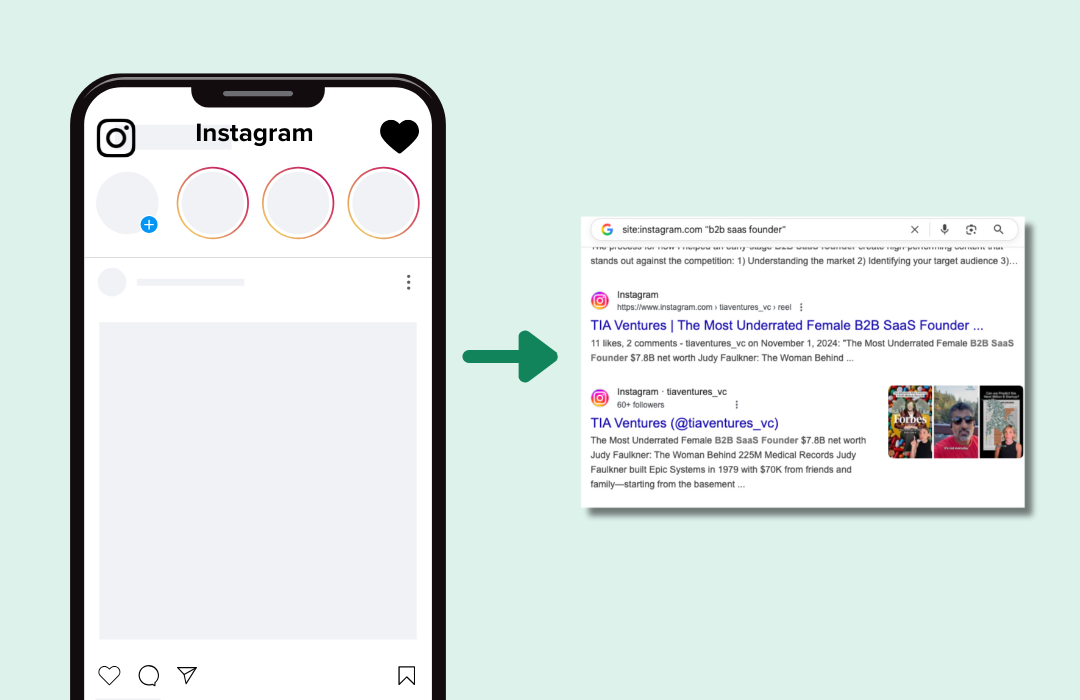Sales and marketing misalignment is so widely experienced that there are, literally, over 1.5 million Google search results for it. This misalignment can cost your business 10% or more revenue each year according to Hubspot versus when sales and marketing are on the same page generated 208% more revenue.
Many a listicle has been written about aligning the team’s goals, sitting closer together and meeting more regularly. These suggestions, while interesting, are, generally, not enough. Platitudes won’t cut it: You need to identify the roots of the biggest sources of conflict and eliminate them.
From my experience, the most persistent tension arises from the daily go-to-market strategy: who’s a “good” target account, how “good” are the inbound leads, and how “good” the company data is.
Addressing the root of these questions may not resolve every conflict sales has with marketing, but it can go a long way toward closing more deals.
Here are 3 tips to help you identify root causes of tension and address them:
Eliminate ‘bad data’ from your entire go-to-market motion
It’s easy to say the sales-marketing gap is nothing but a clash of personalities. Given that most people come to work every day wanting to do their best without annoying their co-workers, it is far more likely that the tension is just another symptom of one of B2B’s larger issues: bad data.
Anyone working in a B2B organization for longer than a quarter knows that company-level data can feel like a patchwork held together with duct tape and chewing gum.
One vendor provides firmographics, another provides technographics, another company provides sales intelligence, and yet another provides contacts.
Meanwhile, your Ops team is pulling their hair out trying to make these separate sources come together in a meaningful way.
This is a common problem: According to Salesforce, even high-performing teams struggle with leveraging data from multiple sources.
Bad data and the uncertainty around it is at the heart of misalignment. It breeds distrust, it makes it hard to set strategy, and it creates delays.
To tackle bad data, many teams turn to sales and marketing solutions powered by AI. When data platforms apply data science to company data, it synthesizes multiple sources automatically and ensures the quality and completeness of the data. And it will add millions of AI-derived insights and signals for rich in-depth profiles of every company you care about in your addressable market.
Having access to a comprehensive database of rich company profiles takes the burden off your team for time-consuming tasks like prospecting and company research.
Sales teams with access to good data could significantly reduce the average 2+ hours of research time reps waste before each call. With credible, current sales intelligence insights about accounts and their decision makers at their fingertips, directly in their CRM, reps are able to craft relevant, personalized outreach in a fraction of the time.
Use data to identify who is a good target
More than half of all B2B teams still struggle to identify and describe their ideal target, according to Dun & Bradstreet.
Too often decisions are made because time has run out, not because there has been a consensus between the teams.
And then too much time is lost with data sourcing and synthesis across multiple sources, so there isn’t time for data-driven decision making.
A lack of mutual understanding about your ideal customer profile (ICP) creates the opportunity for nearly daily conflicts between sales and marketing teams.
A self-service AI platform for sales and marketing changes this dynamic by:
- Eliminating the costly and tedious efforts of data sourcing and synthesis. This allows sales and marketing teams to focus efforts on building strategy together, not wasting time making disparate sources of data work together.
- Creating new audience models in minutes, not weeks or months. Teams need the freedom to iterate and discover all of the different ideal profiles currently hidden inside and outside their funnel. If they have to wait weeks to have new models built, crucial time is lost
- Immediate access to all target accounts. Equally important to having consensus around the strategy, you also want the strategy to be immediately actionable. No time is lost as the execution of each team’s different tactics can begin straight away.
With consensus around the ideal customer profile, these AI platforms can then be used to enrich and score inbound leads as well, resolving any issues around their relative quality. The team can agree upon appropriate levels of sales engagement and response times based on an inbound lead’s fit score, which can then be reported on and optimized as needed throughout the year.
Build agility into your go-to-market motion
What team hasn’t had a situation where inbound leads from a new industry or demographic unexpectedly showed interest in their product?
When this happens, you want to rapidly take advantage of this momentum with both demand generation and outbound calling tactics. Your team can do this through:
- Identifying your new total addressable market with up-to-date sales data and insights about every company in your B2B sales platform.
- Expanding your account-based sales efforts by identifying companies in this new industry who are the best fit.
- Customizing your outreach with constantly updated sources, multiple locations, keywords and other criteria outside of basic firmographics.
As with your primary strategy, to remain agile, you need self-service access to clean, credible, in-depth company profiles and powerful AI. This helps you identify the best accounts based on a limited number of companies and/or selected keywords.
Though sales and marketing teams will always view the world differently, go-to-market leaders who proactively address these gaps will go a long way toward achieving alignment.







